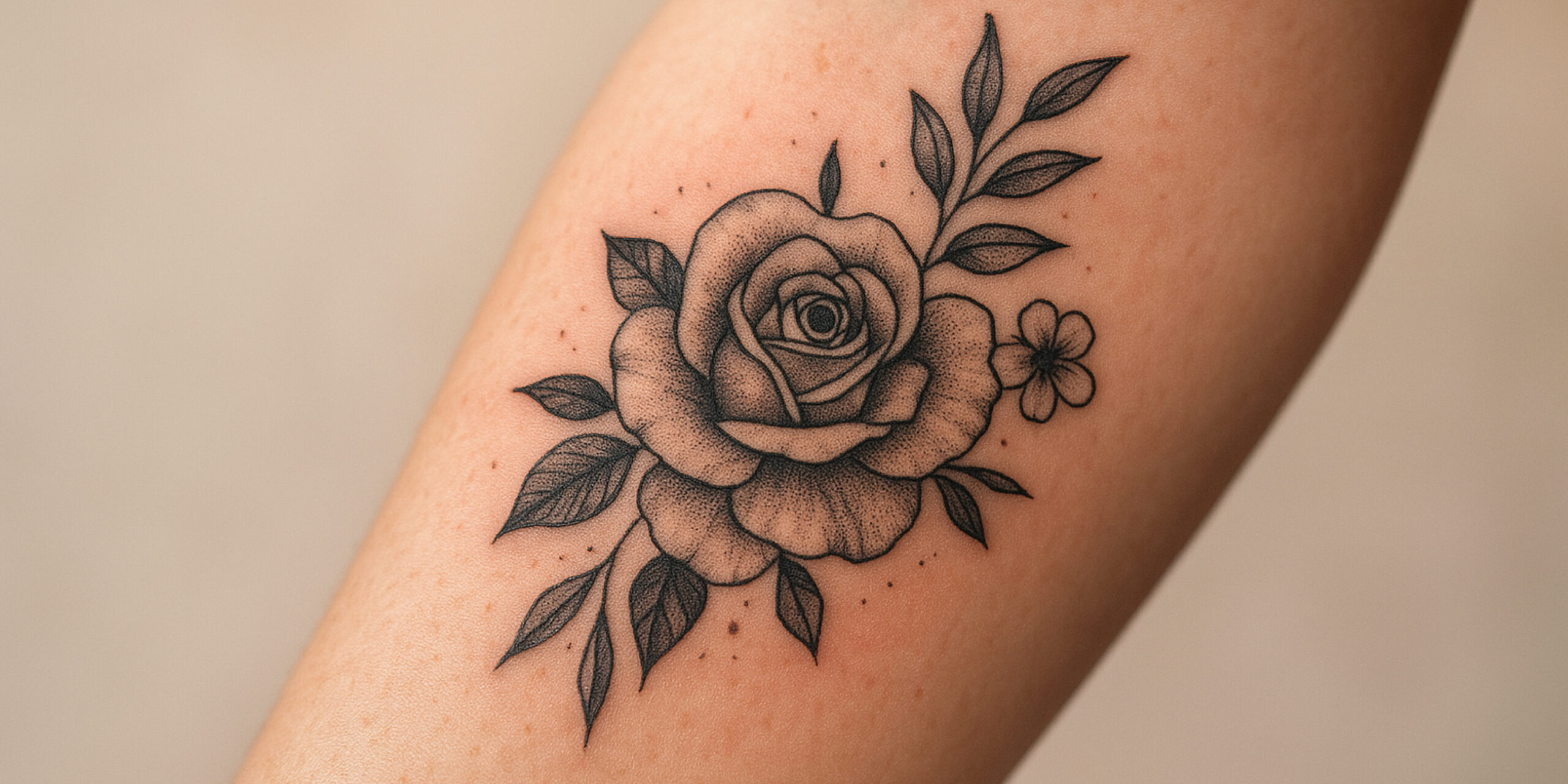Introduction
Tattoos, once relegated to the fringes of society, have undergone a remarkable transformation over the years. What was once considered taboo and associated with rebellion has now found its place in the mainstream. The evolution of tattoo culture is a fascinating journey that reflects shifts in societal attitudes, artistic expression, and personal identity. In this blog post, we delve into the historical trajectory of tattoos, from their ancient origins to their current status as a mainstream art form.
Ancient Origins: A Mark of Identity and Ritual
The origins of tattooing can be traced back thousands of years, where it held significant cultural and ritualistic importance in various civilizations. From the Polynesian islands to ancient Egypt, tattoos were used as markers of identity, rites of passage, and symbols of spiritual beliefs. These intricate inked designs carried stories of one’s lineage, achievements, and even served as protective talismans.
The Shift to Taboo: Tattoos and Society
While tattoos held cultural significance in many ancient societies, the perception of body art took a dramatic turn as the Western world entered the modern era. In the 19th and early 20th centuries, tattoos became associated with criminality and deviance. They were often seen on the bodies of sailors, prisoners, and circus performers, further solidifying their negative connotation.
Tattoos in Popular Culture: Rebellion and Counterculture
The mid-20th century saw the emergence of a countercultural movement that sought to challenge societal norms. Tattoos became a symbol of rebellion, embraced by the likes of rock stars, bikers, and artists. The imagery of tattoos became associated with nonconformity, anti-establishment sentiments, and a rejection of the status quo. This marked a crucial turning point in the evolution of tattoo culture, as it began to move away from its criminal associations toward a form of personal expression.
The Artistic Renaissance: Tattooing as a Creative Canvas
As societal attitudes shifted, so did the perception of tattoos. In the latter half of the 20th century, the artistry and creativity of tattooing began to take center stage. Tattoo artists started to gain recognition for their exceptional skills and innovative designs. This period saw the rise of tattoo legends like Ed Hardy and Lyle Tuttle, who played a pivotal role in elevating the art form.
Celebrities and Cultural Influence
The 21st century brought with it a new era of tattoo culture, propelled in part by the influence of celebrities. Iconic figures such as David Beckham, Angelina Jolie, and Rihanna proudly displayed their tattoos, showcasing the diversity and artistry of body ink. This mainstream visibility helped dispel lingering stereotypes and contributed to a broader acceptance of tattoos as a legitimate form of self-expression.
Mainstream Acceptance and Industry Growth
In recent years, tattoos have not only shed their taboo image but have also become a booming industry. Tattoo parlors have transformed into creative studios, often featuring a variety of styles and specialized artists. Reality TV shows like “Ink Master” and “Miami Ink” have further demystified the tattooing process and highlighted the talent behind the ink. This shift has contributed to a surge in tattoo enthusiasts from all walks of life, leading to an increased acceptance of tattoos in professional and social settings.
Tattoos as Personal Narratives
Beyond the aesthetics, tattoos have evolved into deeply personal narratives. People now use tattoos to commemorate life milestones, honor loved ones, and express their passions and beliefs. The art on their skin becomes a visual representation of their life’s journey, making tattoos a unique and intimate form of storytelling.
Conclusion
The evolution of tattoo culture, from its ancient origins to its current mainstream status, is a testament to the resilience of an art form that has weathered societal judgments and stereotypes. Tattoos have transcended their historical associations and emerged as a powerful means of self-expression and identity. As we continue to move forward, it’s clear that the journey of tattoos is far from over – it’s an ongoing narrative that reflects the ever-changing landscape of human creativity and perception.
Visit our Toronto or Montreal locations for any tattoo or piercing needs.












